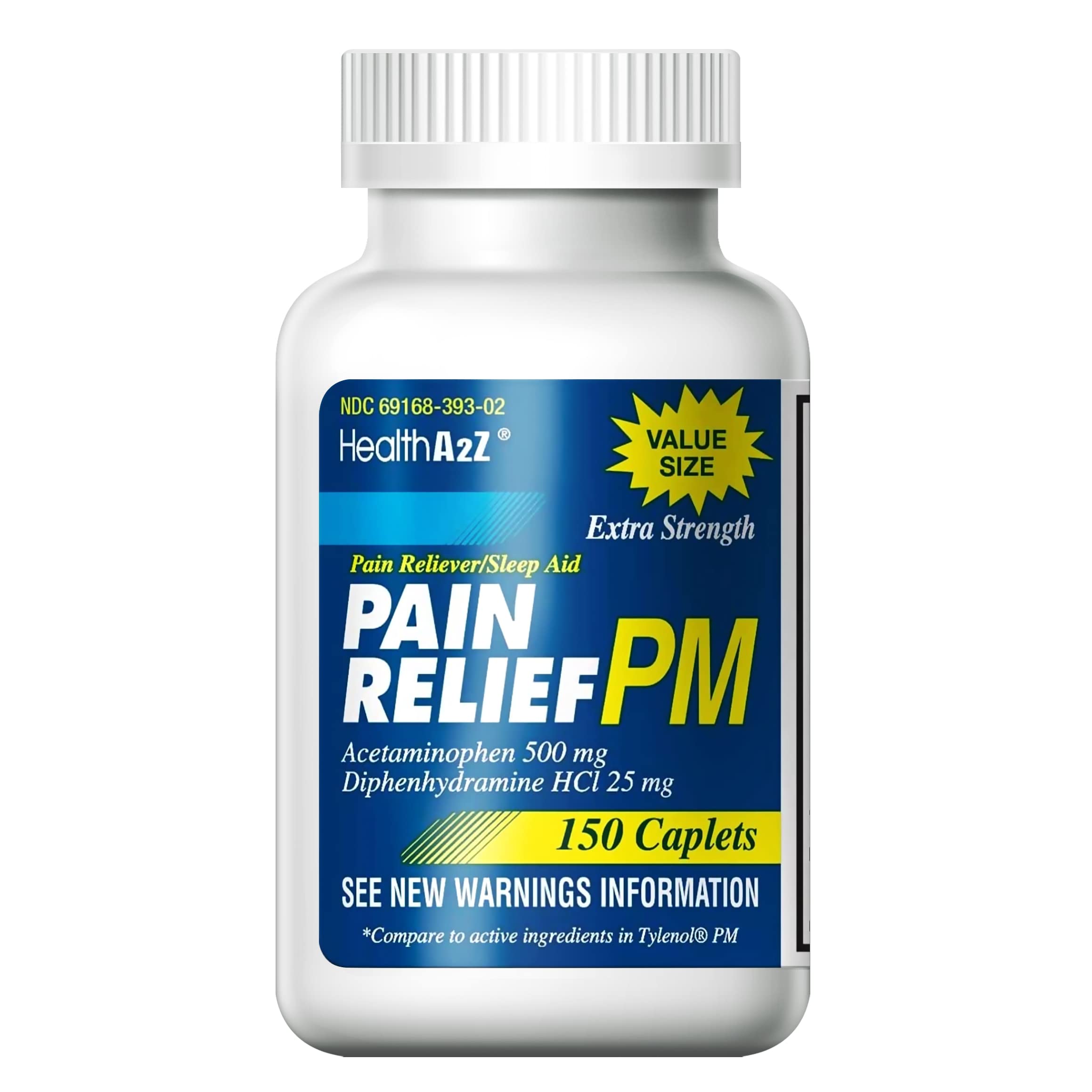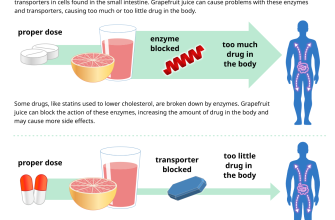Need fast relief from cold and flu symptoms? A combination of acetaminophen and diphenhydramine HCL might be your solution. This common over-the-counter medication effectively targets fever, pain, and those pesky coughs and sneezes that accompany seasonal illnesses. Always follow the dosage instructions precisely.
Acetaminophen reduces fever and soothes aches and pains by affecting the way your body produces prostaglandins, chemicals that trigger pain and inflammation. Diphenhydramine HCL, an antihistamine, combats the stuffy nose and watery eyes often associated with colds, allergies, or the flu by blocking histamine. This dual-action approach makes it a popular choice for symptomatic relief.
Remember: Consult your doctor or pharmacist before using this medication if you are pregnant, breastfeeding, or have pre-existing health conditions like liver disease. Children should only take acetaminophen diphenhydramine HCL under strict medical supervision, following the recommended dosage for their age and weight. Overdosing on acetaminophen can cause severe liver damage; always adhere to the label’s instructions.
Specific dosage recommendations vary by product and age. Always check the product label for detailed instructions. If symptoms persist or worsen after a few days, seek professional medical advice. Proper use is paramount to ensuring safe and effective symptom management.
- Acetaminophen and Diphenhydramine: A Powerful Combination
- Understanding the Individual Components
- Dosage and Considerations
- Potential Side Effects
- Understanding the Individual Components and Their Mechanisms
- Acetaminophen’s Mechanism of Action
- Diphenhydramine’s Mechanism of Action
- Common Uses and Effective Dosage
- Potential Side Effects, Drug Interactions, and Precautions
- Side Effects Requiring Immediate Attention
- Drug Interactions
- Precautions
- Additional Information
Acetaminophen and Diphenhydramine: A Powerful Combination
This combination targets common cold and flu symptoms effectively. Acetaminophen reduces fever and aches, while diphenhydramine combats nighttime coughs and promotes sleep. This synergistic effect provides relief from multiple symptoms simultaneously.
Understanding the Individual Components
Acetaminophen acts as an analgesic and antipyretic, meaning it reduces pain and fever. Diphenhydramine, an antihistamine, dries up nasal secretions, suppresses coughs, and induces drowsiness, making it ideal for nighttime use.
Dosage and Considerations
Always follow the recommended dosage on the product label. Never exceed the maximum daily dose of acetaminophen to prevent liver damage. Consult a doctor before using this combination if you have pre-existing liver or kidney conditions, are pregnant or breastfeeding, or are taking other medications. Diphenhydramine can cause drowsiness; avoid driving or operating machinery after taking it.
Potential Side Effects
Common side effects include drowsiness, dry mouth, and constipation. More serious side effects are rare but require immediate medical attention. These include allergic reactions (rash, hives, difficulty breathing), liver damage (jaundice, dark urine), and unusual sleepiness.
Understanding the Individual Components and Their Mechanisms
Acetaminophen targets pain and fever by inhibiting cyclooxygenase (COX) enzymes in the central nervous system. This reduces the production of prostaglandins, chemical messengers that contribute to pain signaling and fever generation. Importantly, acetaminophen’s effect on peripheral COX enzymes is minimal, reducing the risk of gastrointestinal side effects commonly associated with other NSAIDs.
Acetaminophen’s Mechanism of Action
The precise mechanism by which acetaminophen reduces fever remains unclear, but it’s believed to involve interactions with heat-regulating centers in the hypothalamus. In short, it lowers the body’s “thermostat” setting. The analgesic effect stems from its interaction with COX enzymes, reducing pain sensation.
Diphenhydramine hydrochloride, on the other hand, acts as an antihistamine. It works by blocking the action of histamine at H1 receptors. Histamine, released during allergic reactions, causes symptoms like itching, sneezing, and runny nose. By binding to these receptors, diphenhydramine prevents histamine from triggering these responses.
Diphenhydramine’s Mechanism of Action
Additionally, diphenhydramine’s sedative effect results from its ability to block muscarinic receptors in the brain, impacting acetylcholine neurotransmission. This contributes to its sleep-inducing properties. This dual action, blocking histamine and affecting acetylcholine, makes it an effective treatment for allergies and insomnia.
Common Uses and Effective Dosage
Acetaminophen and diphenhydramine hydrochloride combination medications primarily treat cold and flu symptoms. Acetaminophen reduces fever and relieves mild to moderate pain. Diphenhydramine combats allergy symptoms like sneezing, runny nose, and itchy eyes, and also acts as a sleep aid due to its sedative properties.
Dosage varies depending on the specific product and the age and weight of the individual. Always follow the product label instructions carefully. For adults, a common dosage might include 325-650 mg of acetaminophen and 25-50 mg of diphenhydramine. However, exceeding the recommended dose can be dangerous. Never take more than the maximum daily dose of acetaminophen (usually 4000 mg for adults) to avoid liver damage. Consult a doctor or pharmacist before using this medication if you have pre-existing liver or kidney conditions, are pregnant, breastfeeding, or are taking other medications.
Children’s dosages are significantly lower and vary with age and weight. Always use a product specifically formulated for children and follow the age-appropriate dosage instructions precisely. A pediatrician can provide guidance on the correct dosage for your child. If you are unsure about the proper dosage, seek professional medical advice.
Common uses include relief from headache, muscle aches, fever, sneezing, coughing, and nighttime sleeplessness associated with colds and allergies. Remember that this medication provides symptomatic relief, not a cure for the underlying illness. If symptoms persist or worsen, consult a healthcare professional.
Potential Side Effects, Drug Interactions, and Precautions
Acetaminophen and diphenhydramine combination products can cause several side effects. Common ones include drowsiness, dizziness, dry mouth, blurred vision, and constipation. Less frequent, but still possible, are nausea, vomiting, and difficulty urinating.
Side Effects Requiring Immediate Attention
Seek immediate medical attention if you experience any of the following: severe allergic reactions (rash, hives, swelling, difficulty breathing), unusual bleeding or bruising, jaundice (yellowing of skin or eyes), or changes in your liver function tests.
Drug Interactions
- Alcohol: Combining this medication with alcohol significantly increases the risk of liver damage. Avoid alcohol completely.
- MAO Inhibitors: Do not use this combination if you are taking monoamine oxidase inhibitors (MAOIs). A dangerous interaction is possible.
- Sedatives and other CNS Depressants: The sedative effects of diphenhydramine are amplified when taken with other CNS depressants, such as benzodiazepines or opioids. This can lead to excessive drowsiness and impaired coordination.
- Other Medications: Always inform your doctor or pharmacist about all medications, including over-the-counter drugs and herbal supplements, you are currently taking to avoid potential interactions.
Precautions
- Pregnancy and Breastfeeding: Consult your doctor before using this medication if you are pregnant, breastfeeding, or planning to become pregnant.
- Age Considerations: This medication might cause more intense side effects in older adults and children. Use caution and follow dosage instructions carefully.
- Liver and Kidney Disease: Patients with pre-existing liver or kidney disease should use this medication with extreme caution, and perhaps avoid it entirely; your doctor can help you decide.
- Driving and Operating Machinery: Avoid operating heavy machinery or driving a vehicle until you know how this medication affects you. Drowsiness is a common side effect.
Additional Information
This information is not a substitute for professional medical advice. Always consult your doctor or pharmacist before starting any new medication. They can provide personalized guidance based on your individual health status and medical history. Be sure to read the medication label carefully before use.






